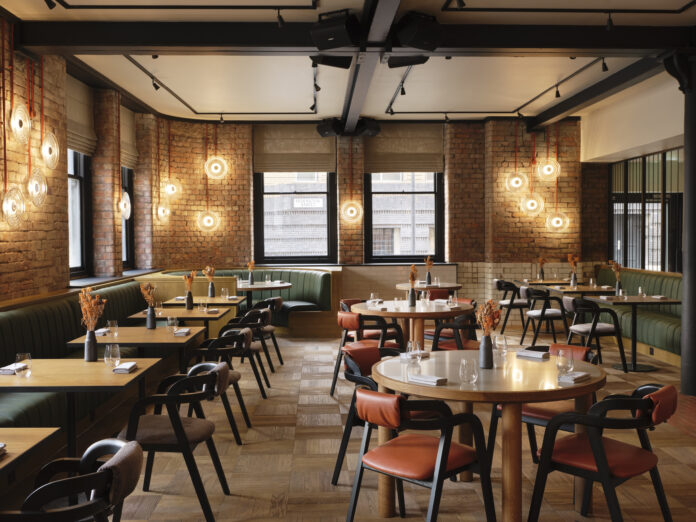In the bustling streets of modern cities, change is palpable. Climate change casts a shadow, prompting a reevaluation of every decision and every footprint. What was once a routine activity, short-distance travel, now carries profound environmental implications.
Yet, there’s no need for alarm. The 21st century heralds an age where technology and environmental mindfulness merge. At this transformative juncture, you can expect a myriad of sustainable travel methods that reshape how you view a quick commute or a brief trip to the local store.
Embracing The Electric Revolution
Only a short while back, electric transport was a concept reserved for science fiction. Today, it’s a fixture in your daily life. Streets once overrun by petrol-driven vehicles now embrace a growing fleet of electric counterparts. Take the stoke board, for instance—an electric board offering a zero-emission solution for urban traversal. Or, the chargeable upright scooter, now found dotted about many urban centres across the world.
Battery technologies have advanced, pushing worries about electric range to the back burner. Charging infrastructures have expanded, and vehicles now hold more power, ensuring longer rides without fretting over battery depletion.
Moreover, with a rising tide of eco-awareness, the appeal of electric transportation has soared. From scooters to cars, electrification is reshaping short-distance commutes.
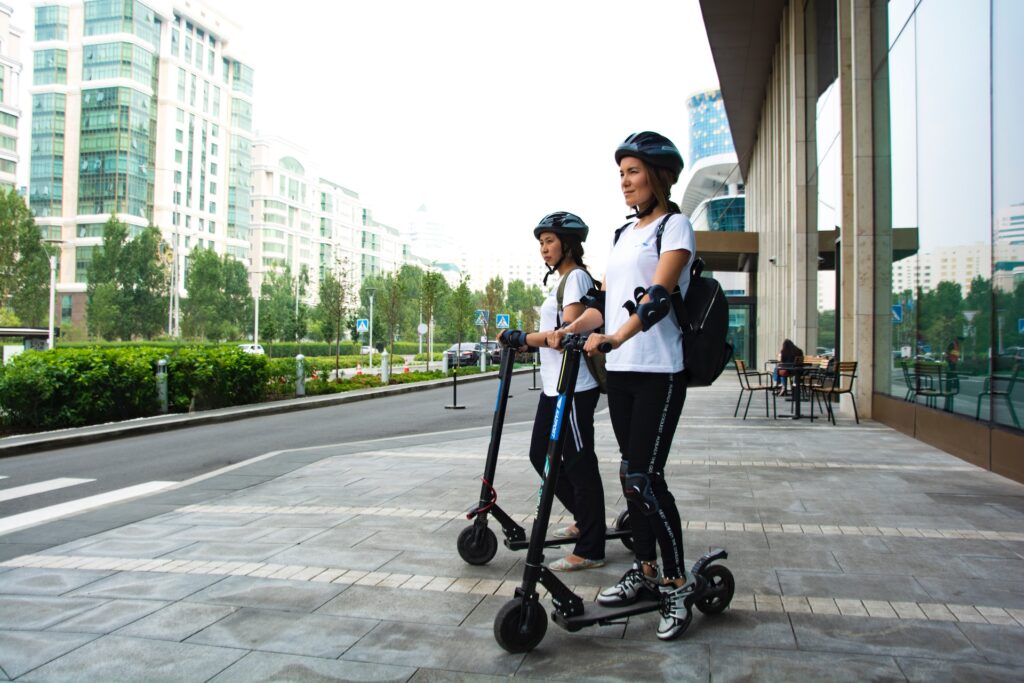
Public Transport Upgrades
The days of buses that belch smoke are history. Hybrid buses, electric trams, and other green transit options have stepped up. These modes aren’t merely eco-friendly; they promise a smoother travel experience, free from the shortcomings of dated vehicles.
Modern public transportation prioritizes the commuter. Additions like USB ports, free Wi-Fi, and real-time routing info uplift your journey and potentially make it more appealing than traveling by car.
More than just individual comfort, the shift to eco-friendlier public transport reflects a broader commitment. Opting for these green alternatives means championing cleaner air, quieter streets, and more vibrant city life.
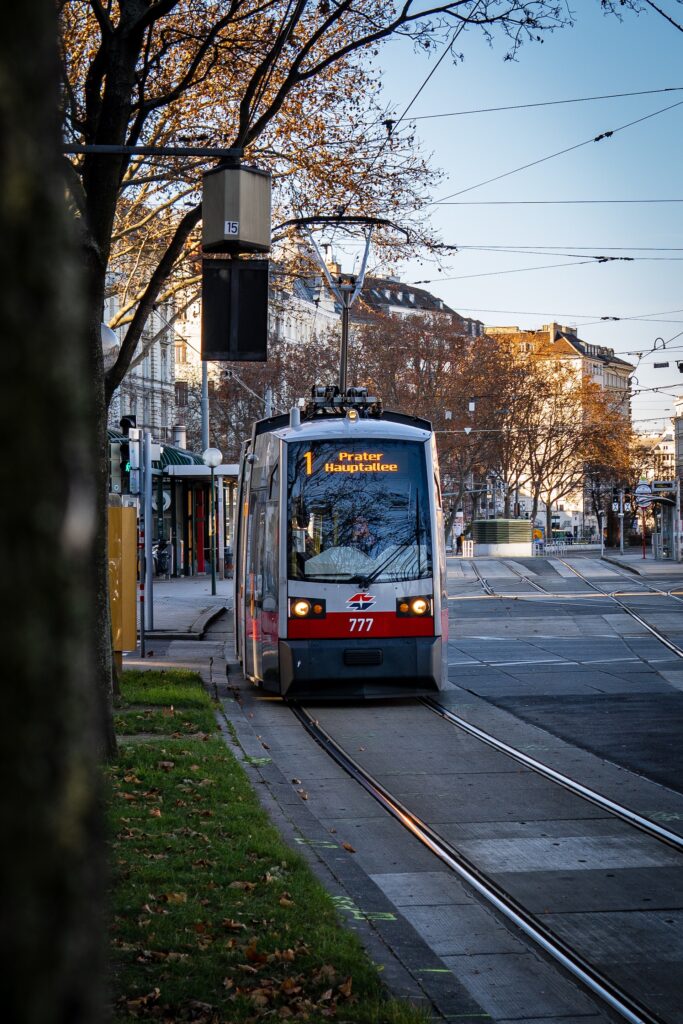
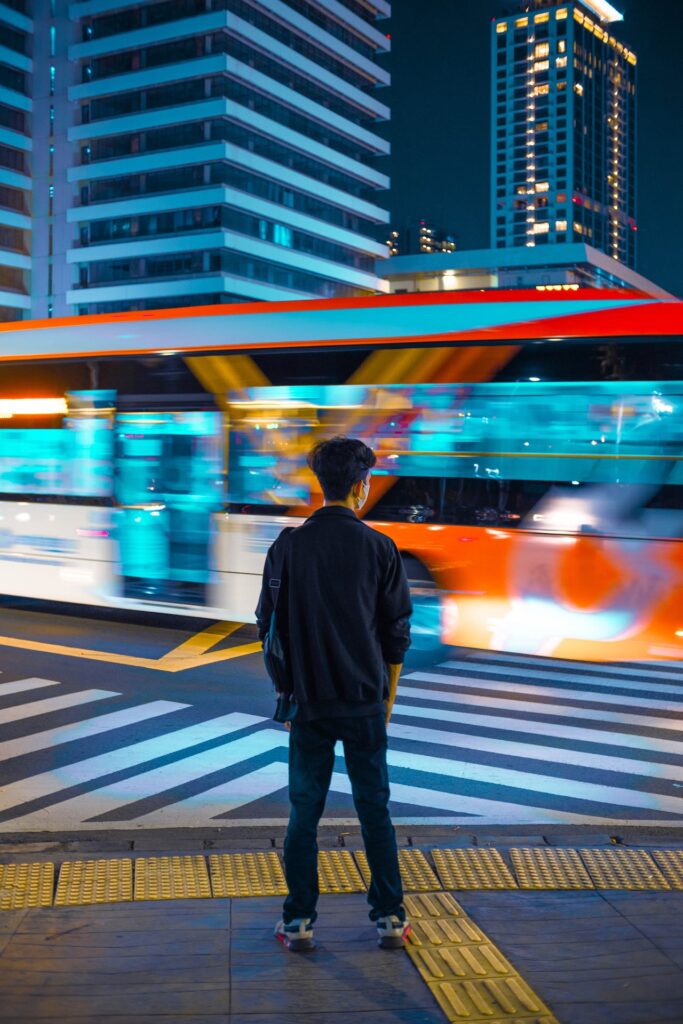
Walkable Cities
With streets crafted to be secure, inviting, and visually striking, you’re encouraged to relish the joy of walking. Car-free zones, broadened sidewalks, and lush pathways accentuate a commitment to safety and pleasure.
This approach not only reduces accident threats but also offers a serene setting, far from the persistent hum of traffic. Such pedestrian havens embody an all-embracing vision, making cities accessible to all.
Read: The IDEAL guide to eco-friendly holidays in Athens, Greece
Pedal Power
The trusty bicycle, an icon of simplicity, is making a comeback. In traffic-heavy scenarios, a bike offers you a swift exit, allowing an easy sidestep from gridlocks. Recognizing this, cities are rolling out exclusive cycling lanes.
Moving beyond the classic bike, E-bikes are gaining traction. Merging manual pedaling with an electric assist, they help when faced with steep terrains or overwhelming exhaustion. E-bikes offer a sweet spot between exertion and relaxation.
Bicycles are also undergoing a design revolution. Features such as foldable frameworks, advanced locking systems, and IoT integrations underline that your bike serves more than just conveyance—it’s a testament to tech evolution.
Read: 6 of Europe’s most cycle friendly holiday destinations
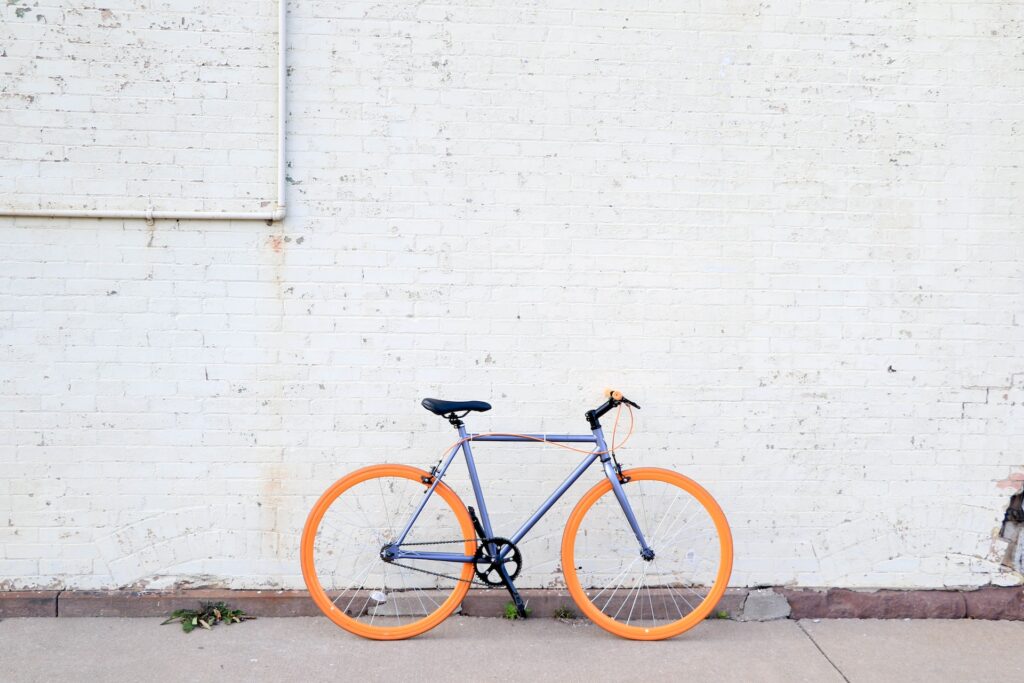
Car-Sharing & Ride-Pooling
The current trend underscores a shift from owning to accessing. Why tackle car maintenance, insurance, and parking hassles when shared options abound? Car-sharing services have sprung up worldwide, allowing you access whenever needed.
The concept of ride-pooling has matured too. It’s more than just splitting expenses; it’s a conscious move to decrease street congestion. When you opt to pool, you’re directly cutting down emissions, mitigating traffic jams, and lessening urban infrastructural strain.
These communal travel solutions anchor themselves in cutting-edge technology. Intuitive apps, live tracking, and seamless payment mechanisms ensure your experience is fluid and hassle-free. You’re partaking in a unified solution to city travel woes by leveraging these platforms.
Urban Greening Initiatives
Your travels gain value from more than just your choice of vehicle. Imagine avenues lined with verdant trees, parks dotting every corner, and high-rises draped in vertical gardens. These green oases don’t just please the eye; they play a pivotal role in endorsing sustainable travel.
Functioning as city lungs, these verdant expanses absorb CO2, offer shade, and counteract urban heat effects. They enrich every trip, whether you’re on foot, cycling, or behind the wheel of an EV.
Local community endeavours frequently champion these initiatives. From neighbourhood tree plantings to communal gardens, these efforts echo a shared dream of a greener urban space.
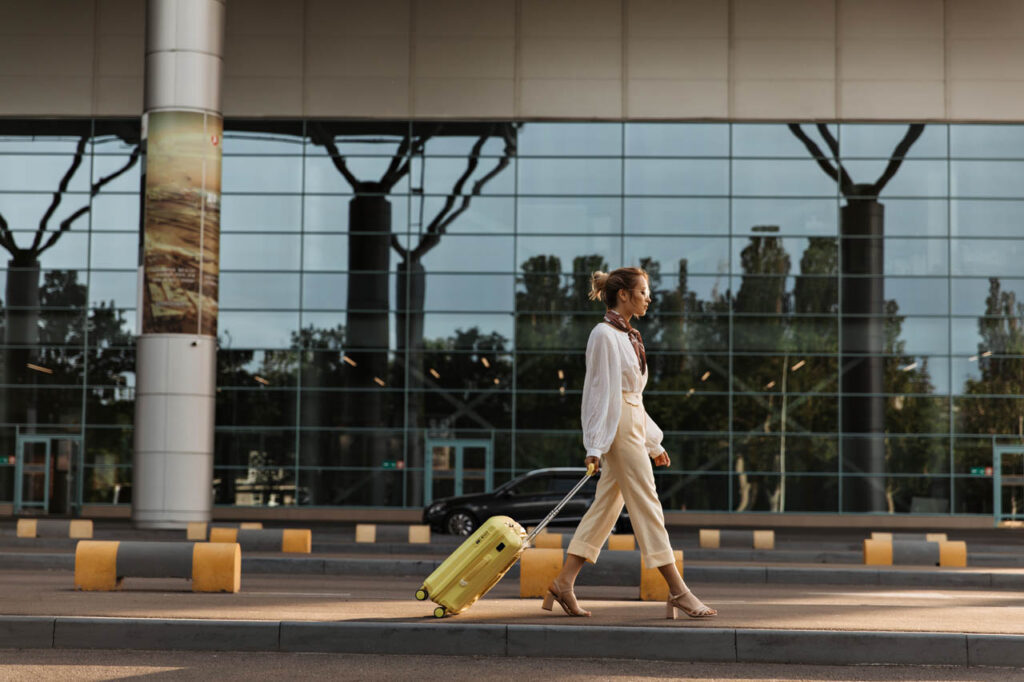
Eco-Friendly Materials
The transport sector is undergoing a paradigm shift. The lens of sustainability now captures the very materials employed in manufacturing. Envision bicycles built with bamboo structures and seats sculpted from reclaimed materials.
Such choices aren’t just eco-friendly but often surpass conventional materials in lightness and resilience. Studies in this field are intensifying.
Novel materials are consistently evaluated for their robustness, longevity, and green credentials. This trajectory promises a diverse array of products that strike a balance between performance and aesthetics.
The Role Of Tech In Eco-Travel
Also on the horizon are innovative infrastructure tweaks. Streets embedded with sensors, traffic lights steered by AI, and even lanes that juice up your EV on the go might sound fantastical. Still, they’re gradually embedding themselves in contemporary cityscapes.
By embracing such tech tools, your decisions transcend mere convenience. Each tech-driven choice becomes a stride toward safeguarding Earth and curating a greener tomorrow.
The Bottom Line
As you chart through evolving urban landscapes, a spectrum of choices is unveiled. From the whisper-quiet journey on an electric board to the rhythmic tread on walker-friendly trails, the realm of short-distance travel brims with potential. By welcoming these advancements, you’re reshaping your mobility and casting a greener path for the times ahead.



